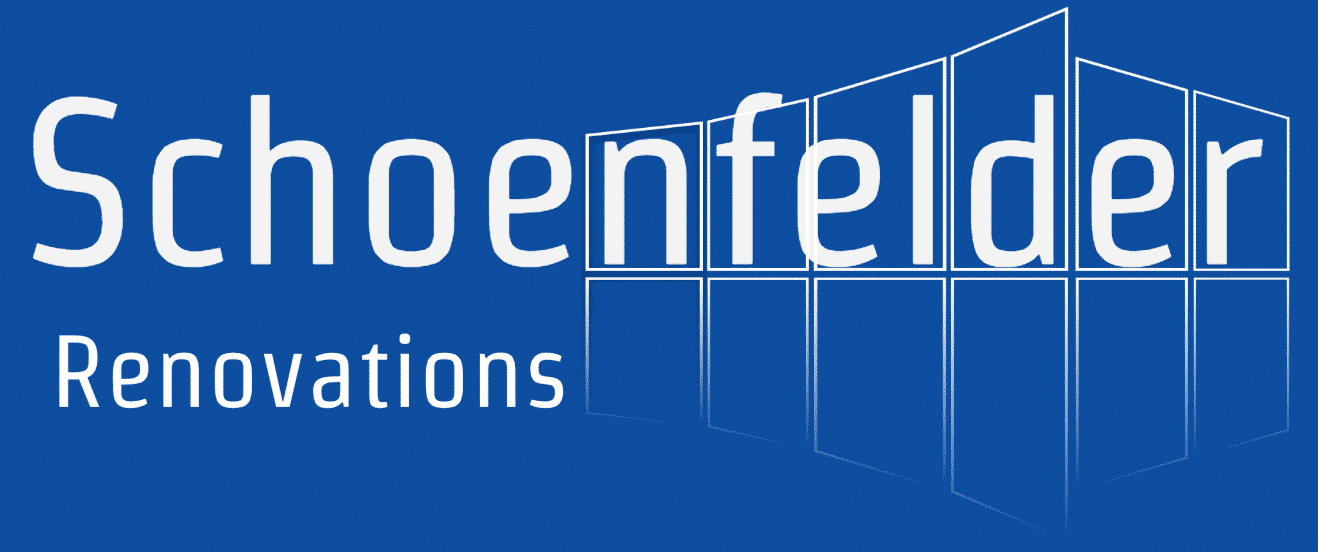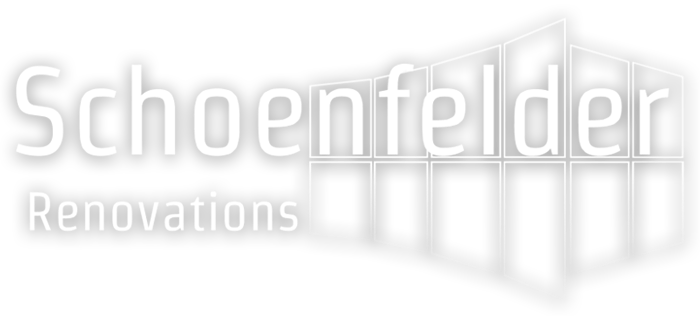Did you know:
- 70% of iron railings are coated with paint systems designed to allow rust within 24 months.
- 85% of the cost of recoating railings is contained in the labor
- Traditional metal coatings did not slow rust down, they just covered it up.
- High performance coatings have 10 times the ability to slow the growth of rust
- By using high performance coatings, you can triple the lifespan of a metal coating.
Metal Prep:
- Sanding loose and scaling rust
- Cleaning with denatured alcohol
- Caulking around the hole where metal railing enters the concrete footing
- Priming- Often dries in minutes. Usually 2 parts, sometimes must be coated within 24 hours.
Metal Coatings
- Consumer product lines are cheap and perform accordingly.
- High performance lines are usually acrylic urethanes or epoxies.
- Most high performance products consist of two parts that must be mixed on site.
- High performance metal coatings are $50-$400 per gallon, but not many gallons are needed.
- The coating systems used on oil rigs in the Gulf of Mexico are available in MN
We prep, prime and coat over 5000 feet of metal railings per year. We design coatings specifications for many of our clients to keep their iron railings protected for years. We would be happy to meet with you to put together a system for your metal railings.
Schoenfelder Renovations, Inc.
952-345-2900 www.SchoenfelderRenovations.com
For more on coating and protecting metal:
When I started painting 20 years ago, General Motors couldn’t stop their cars from rusting within 4 years. House painters also couldn’t stop gutters from peeling and metal railings from rusting. Things have changed!
My 10 year old Silverado has zero rust. Normal house paint now adheres wonderfully to aluminum and galvanized gutters. But most house painters still can’t stop metal railings from peeling. Consumer lines of metal paint sold at Home Depot, Lowe’s and your local hardware store adhere pretty well to metal but do not have the components in them to stop metal from rusting. Most house painters use acrylic paint and occasionally alkyd paint, neither of which are designed to protect metal from rusting.
When the government phased out the use of lead in paint, the industry turned to acrylic paints. During the 1980’s the industry found more and more used for acrylic resin. Acrylic paints have become the mainstay of the painting industry, making up approx. 80% of gallons sold. In the 1990’s the industry discovered urethane. While much more expensive than acrylic, it is even more sturdy and more adaptable. Now, the two wonder resins are being combined in many coating systems that offer more protection than was ever before possible.
The new acrylic urethanes have the gloss and color retention of the acrylic coatings. They are also able to withstand the sun for years. The urethane resin gives the coating the ability to grip the metal chemically. It does not just “stick” to the surface but bonds/blends with the metal.
In the past, metal paints worked fine if the metal was sandblasted clean right before coating. This literally had to be done hours before the metal was coated. If the white metal was allowed to sit over night, it would need to be re-blasted. Otherwise the metal would have already started to rust and the metal coatings would not be able to control it. This was not possible in most circumstances, and most metal rusted quickly.
The new high performance metal coatings are not so sensitive. They can be applied over surfaces that have some rust. This statement never could have been said 15 years ago. To repeat, when following the materials specifications, the new acrylic urethanes can be applied over tightly adhering rust! Please see the metal samples provided. They actually have excessive rust and were coated to see how much rust the coating could encapsulate. The samples were soaked in salt water for 2 weeks. They are experiencing no failure or degradation of the coating. Standard metal products would not have adhered to the rust even before soaking them.
Metal Coating systems: Here are the pros and cons of each system.
Consumer Products
| Type |
Pros |
Cons |
| DTM (Direct to Metal) |
Apply straight over metal |
thin coating, fades quickly |
|
Previously coated surface |
does not impede rust at all |
|
Economical, easy to use |
12-24 month lifespan |
| Rust Inhibitive |
slows reoccurrence of rust |
but not much |
|
Thicker coating |
24-36 month lifespan |
| Acrylic |
retains sheen and color |
does not block rust |
|
Thick coating |
may peel badly |
|
Requires more prep |
may just cover up rust |
|
Material is inexpensive |
soft coating |
|
Material dries quickly |
|
| Alkyd |
adheres well |
does not block rust |
|
Requires less prep |
fades quickly |
|
Material is inexpensive |
24-36 months |
|
Material lays out well |
|
High Performance Coatings
| Type |
Pros |
Cons |
| Acrylic Urethane |
retains color and sheen |
usually 2 component |
|
Stops rust. |
Limited pot life |
|
Adheres extremely well |
materials are $50-$80/gal |
|
Bonds to slightly rusty surface |
resists salt, and sun |
|
lasts 5-7 years |
| Epoxy |
retains color and sheen |
usually 2 component |
|
Stops rust. |
Limited pot life |
|
Adheres extremely well |
materials are $50-$80/gal |
|
Bonds to slightly rusty surface |
resists salt, and sun |
|
Dries in minutes |
|
| Acrylic polysiloxanes |
Even better color and sheen |
Even more expensive |
| Engineered siloxanes |
Resists weathering for years |
Can be harder to work with |
| Floropolymers |
10 year warranties |
$$$ |
Conclusion: Spend 20% more and get 100% more longevity with a high performance coating.
Contact
SchoefelderRenovations.com to protect your precious metal!

